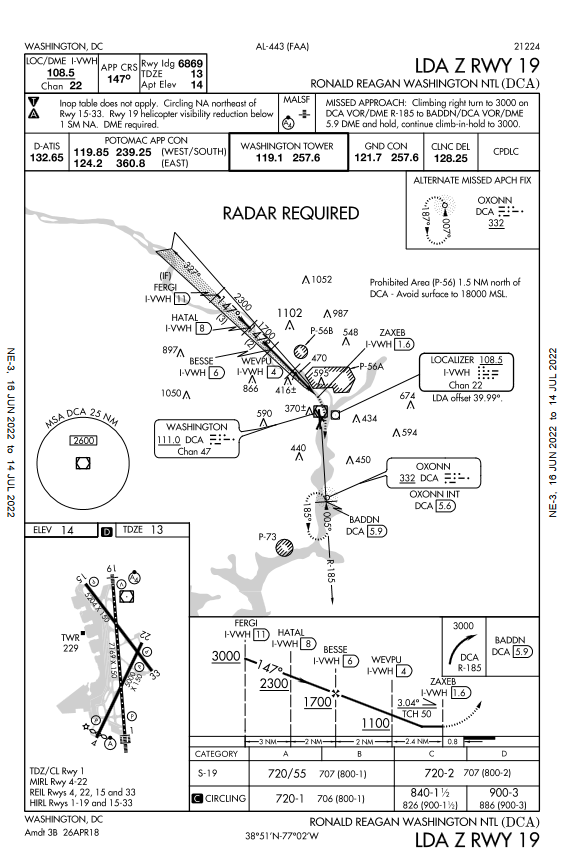Hi @IdealTiger78527
I think you refer to landing the 737-700 in particular? every aircraft is a little bit different, but first of all the key to any good landing is a stabilized approach.
It varies a bit per company, but we have to be stabilized by 1000ft in IMC (instrument) and 500ft in VMC (visual) conditions.
Stabilized means, the aircraft is fully configured with gear and flaps down, the thrust set, in trim and the landing checklist complete.
From this point, in calm weather you should be able to let go of all the controls and the aircraft will fly itself to the runway. Obviously in rough weather you’ll be steering to correct for the turbulence.
Try to keep thrust changes to a minimum because the low engines will not only give you more thrust, but also a pitch up moment when you advance the thrust levers.
If the approach becomes destabilized you should make a go-around and try again.
It is always good practice to use the ILS indications or PAPI lights to help you stay on a 3 degree glide path through out the final approach.
Visual aiming point:
The landing technique is used to ensure main landing gear touchdown at the desired point on the runway. Aim at the desired aiming point, then adjust the final approach glide path until the selected point appears stationary in relation to the airplane. (the point does not move up or down in the pilot view).
Flare and touch down:
When the threshold passes out of sight under the airplane nose, shift the visual sighting point to the far end of the runway.
Initiate the flare when the aircraft is 20ft above the runway by increasing pitch attitude approximately 2-3 degrees.
After the flare is initiated, smoothly reduce the thrust levers to idle and make small attitude corrections to correct the rate of descent.
ideally main gear touch down happens simultaneously with the thrust levers reaching idle.
touchdown speed is approximately Vref.
avoid rapid control column movements during the flare, if the flare is too abrupt and thrust is excessive, the airplane tends to float in ground effect.
do not allow the aircraft to float, fly the airplane to the touchdown point. If you float outside the touchdown zone of the runway (between the white markers) go around and try again.
Do not trim during the flare as it increased the chance of a tailstrike.
The speed brake should be armed, as soon as the wheels touch the ground, the spoilers deploy to prevent the aircraft bouncing back up into the air.
then softly land the nose wheel and apply reverse thrust (idle or full). After reverse is selected you must complete the landing.
The boeing touch down method is designed for a 150 fpm sink rate at touchdown.
This is not a soft landing by any means, but it will ensure the landing performance (required stopping distance) can be made and makes sure that the brakes are effective even on a wet runway.
After you get more experience you can try and make soft landings so the holiday makers will give you an applause 
Good luck! let us know how it goes!
Rico

